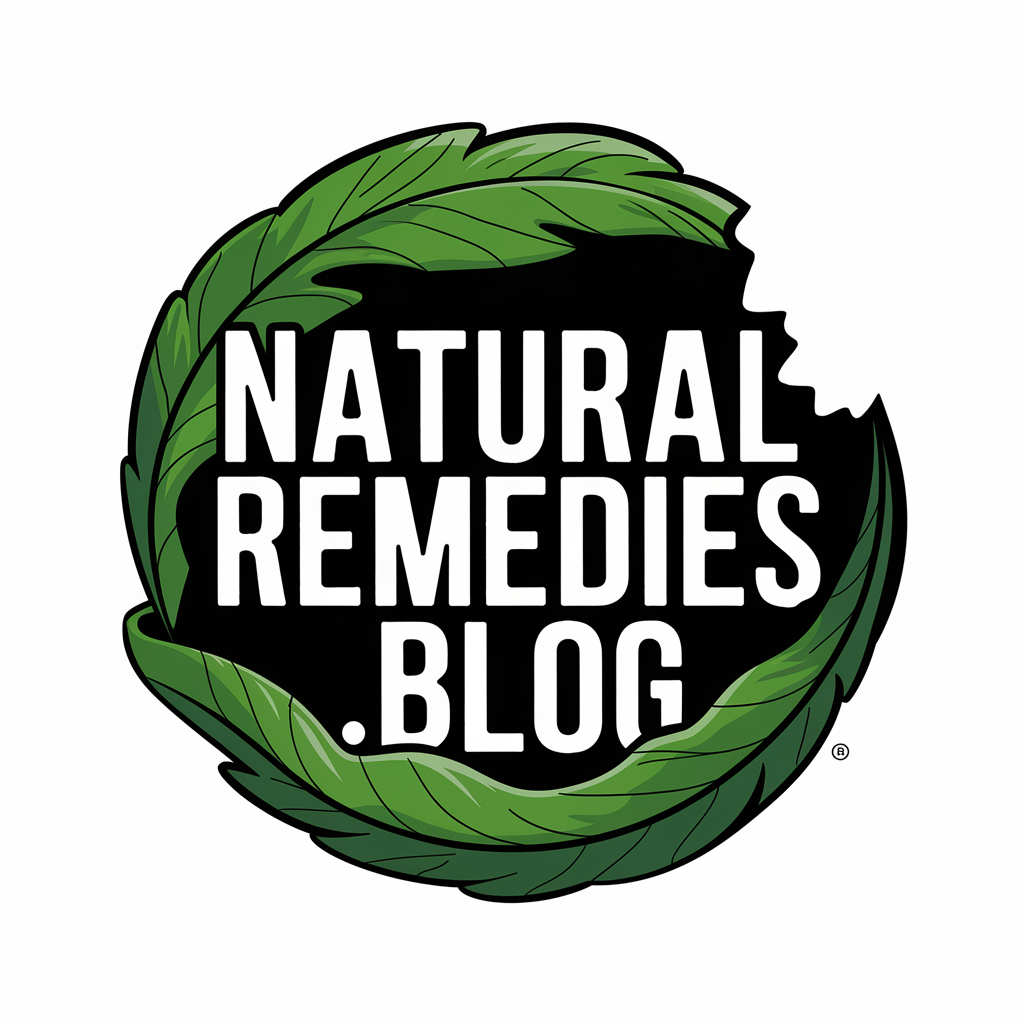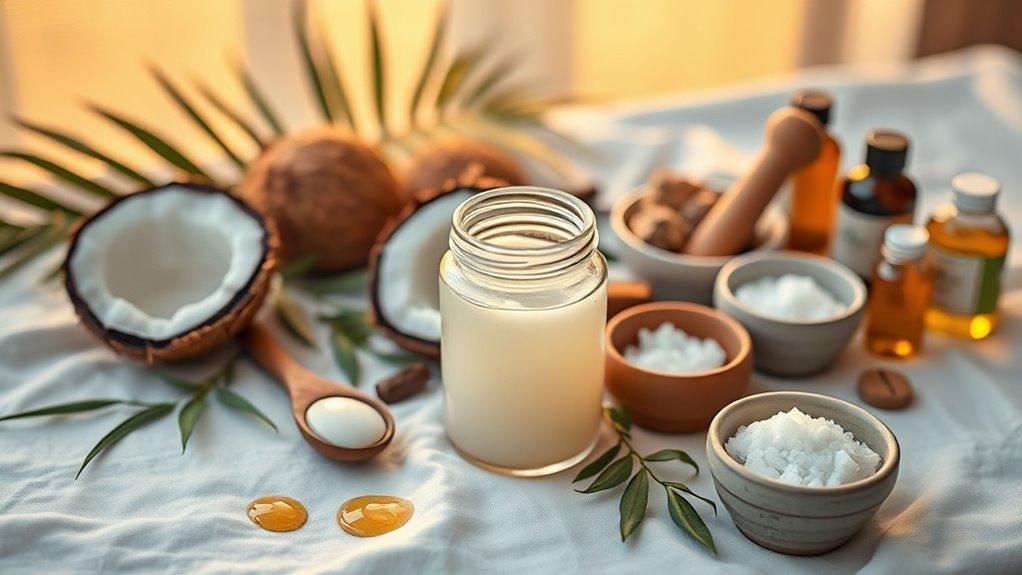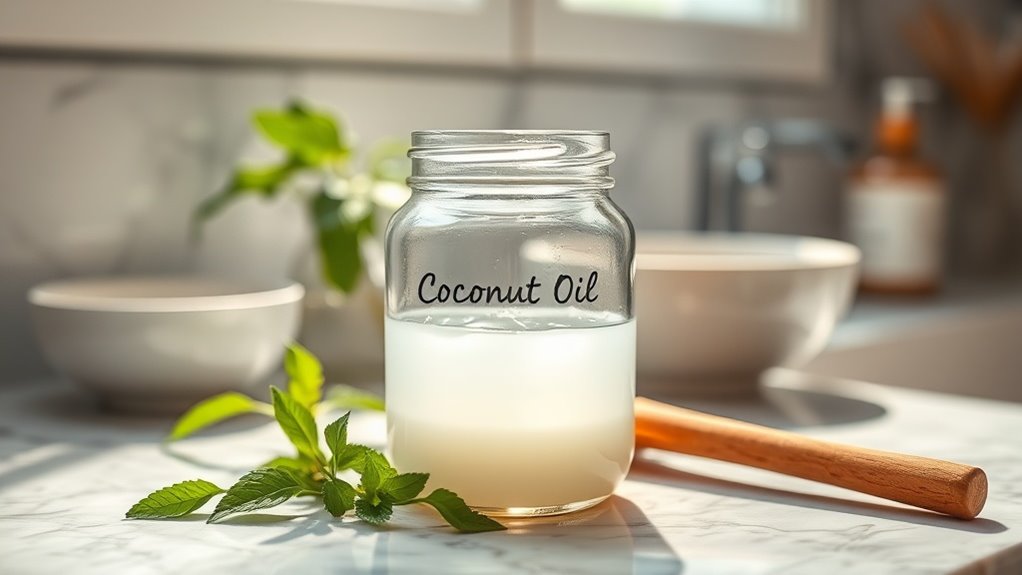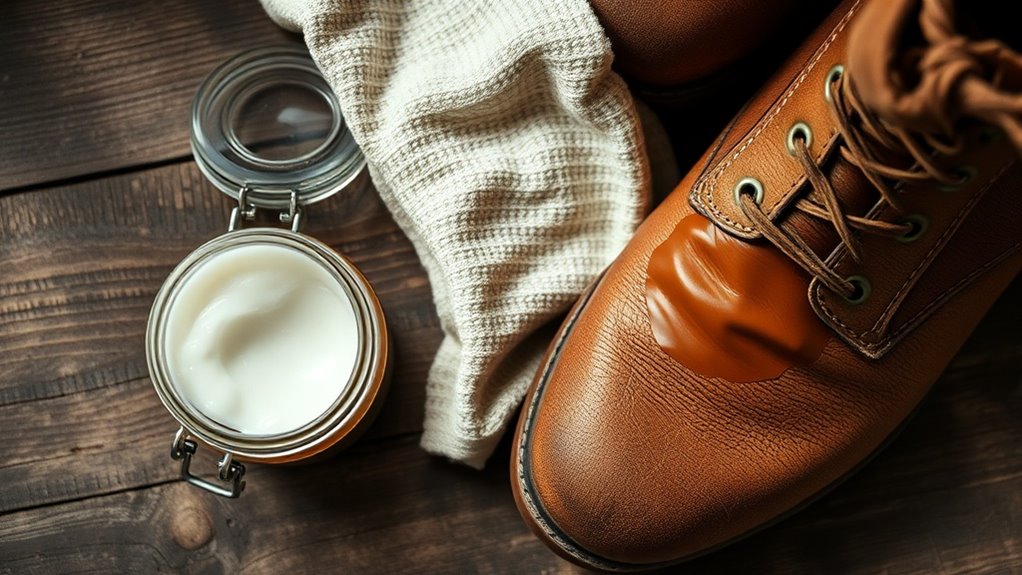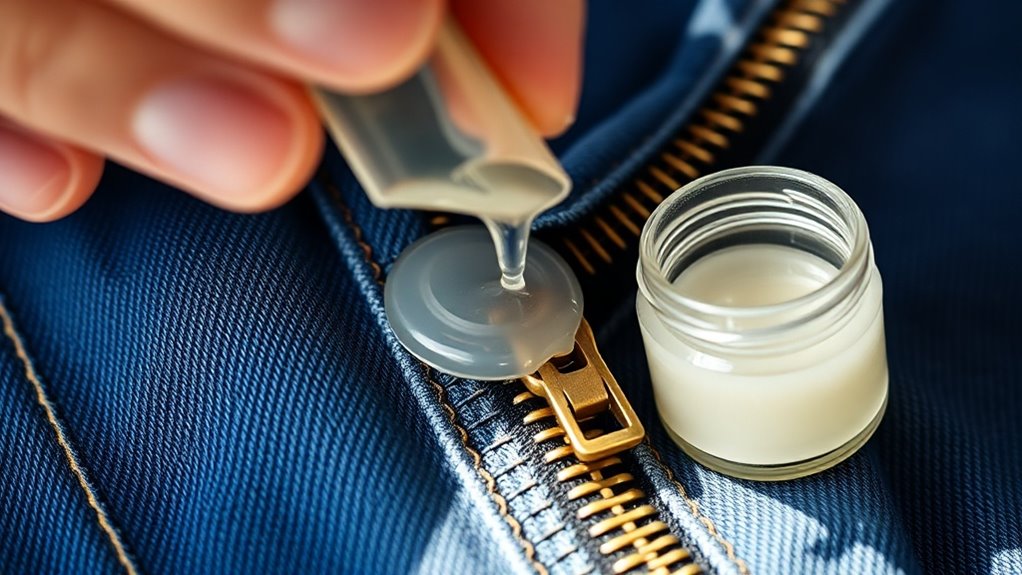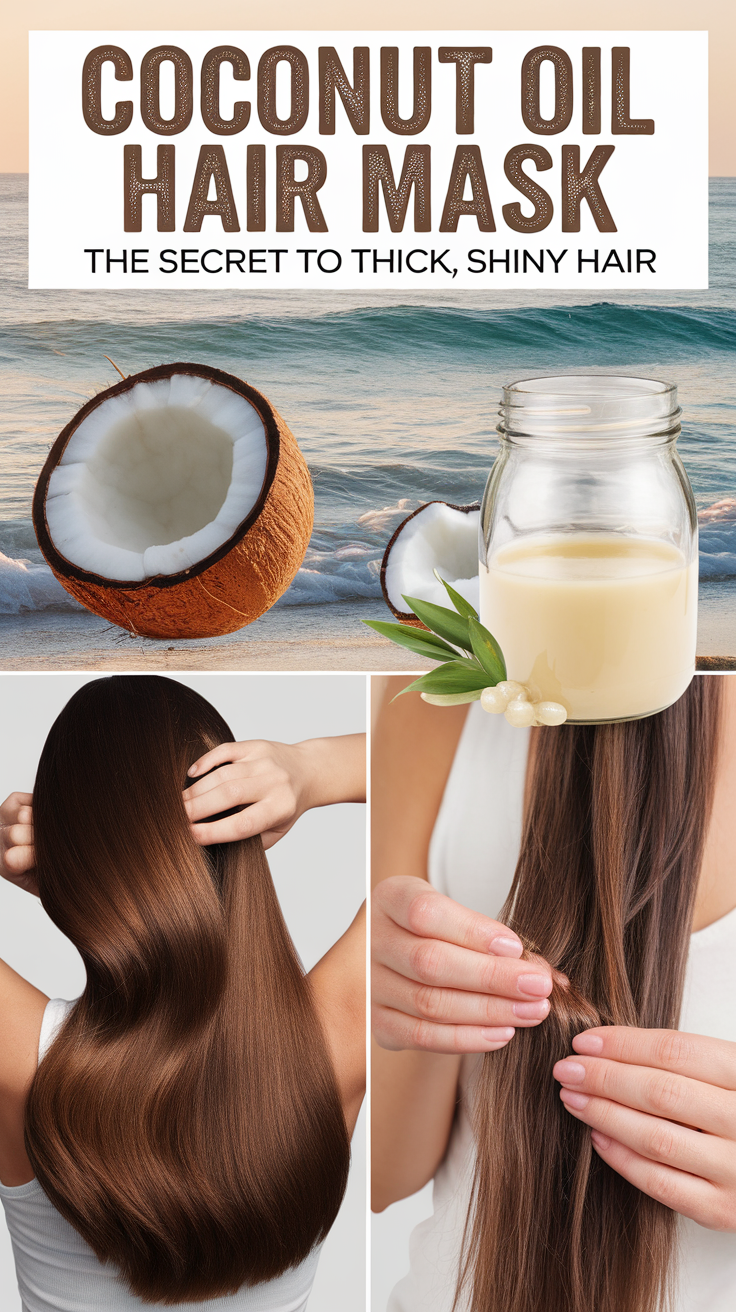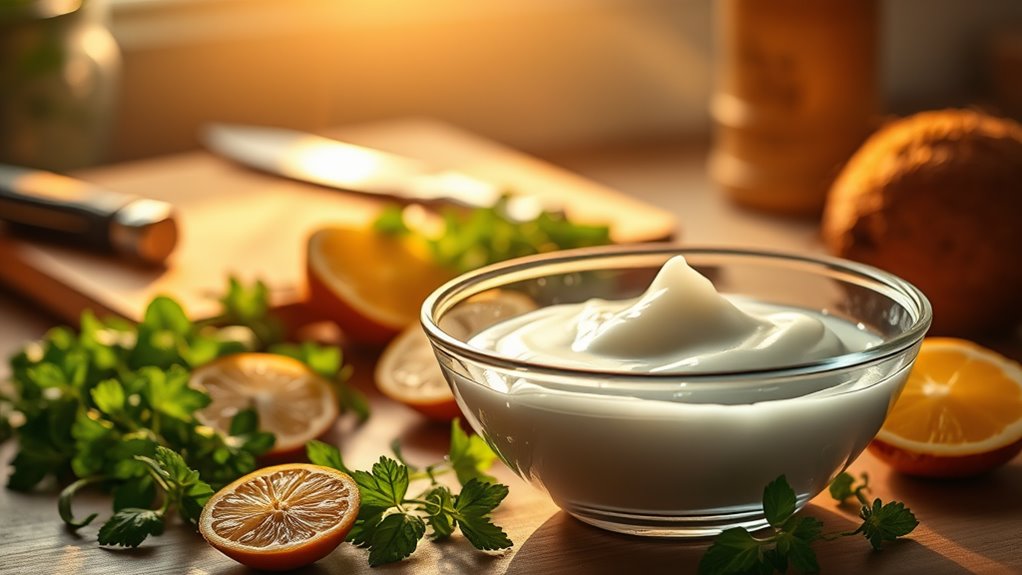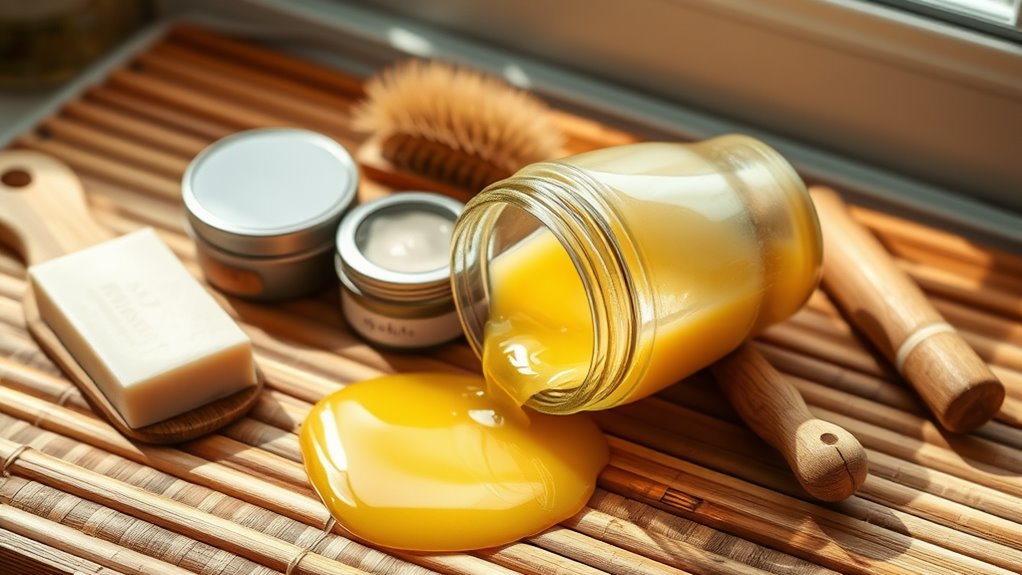10 Coconut Oil Uses You Haven’t Tried Yet for Wellness
Coconut oil isn’t just for cooking—it’s a wellness powerhouse hiding in your pantry. This tropical staple offers 10+ unexpected uses ranging from oral health to natural skincare, backed by both traditional practices and modern scientific research. Its unique combination of medium-chain triglycerides and lauric acid gives it antimicrobial properties that work surprisingly well beyond the kitchen. While you’ve probably heard about its culinary benefits, the real game-changers are the therapeutic applications most people overlook. In this guide, we’ll explore 10 evidence-backed coconut oil uses you haven’t tried yet, from reducing harmful bacteria in your mouth to conditioning materials around your home. Here’s everything you need to know about maximizing this versatile oil’s potential for your wellness routine.
Oil Pulling for Enhanced Oral Health
Oil pulling with coconut oil involves swishing approximately one tablespoon of the oil in your mouth for 15-20 minutes before spitting it out, preferably on an empty stomach. This ancient Ayurvedic practice leverages coconut oil’s antimicrobial properties, particularly its lauric acid content, which exhibits bactericidal effects against Streptococcus mutans and other oral pathogens.
Research indicates that consistent oil pulling reduces plaque accumulation, gingivitis markers, and halitosis-causing bacteria. The lipophilic nature of medium-chain triglycerides in coconut oil facilitates bacterial membrane disruption, effectively removing microorganisms from tooth surfaces and interdental spaces.
Among various coconut oil uses, this application demonstrates measurable improvements in oral microbiome balance when practiced daily. A 2015 study documented a 20% decrease in oral bacteria after just two weeks of consistent oil pulling practice. You’ll achieve ideal results by incorporating oil pulling into your morning routine before consuming food or beverages, then following with regular brushing and flossing.
DIY Natural Deodorant Formula
Beyond oral applications, coconut oil’s antimicrobial properties extend to topical formulations that address body odor through bacterial inhibition rather than pore obstruction. You’ll create an effective deodorant by combining 3 tablespoons coconut oil, 2 tablespoons baking soda, and 2 tablespoons arrowroot powder. The medium-chain fatty acids—primarily lauric acid—neutralize odor-causing bacteria while maintaining your skin’s microbiome integrity.
You can enhance antimicrobial efficacy by incorporating 10 drops tea tree oil or 5 drops eucalyptus essential oil. Baking soda provides pH modulation, though you should reduce concentration to 1 tablespoon if you experience sensitivity. Arrowroot powder absorbs moisture without aluminum compounds found in conventional antiperspirants.
Store your mixture in a glass container at room temperature. This formulation allows natural perspiration while preventing bacterial proliferation that generates malodorous compounds. The medium-chain fatty acids in coconut oil can penetrate deeply into skin layers, making this deodorant more effective than surface-only alternatives.
Leather Conditioning and Restoration
The saturated fatty acid profile of coconut oil—comprising 92% saturated fats with predominant lauric acid (C12:0) chains—creates an ideal penetrating conditioner for leather’s collagen fiber matrix. You’ll prevent cracking and desiccation by applying thin layers to clean leather surfaces, allowing the medium-chain triglycerides to permeate the dermis structure.
Test application on inconspicuous areas first, as coconut oil may darken certain leather finishes. You’ll achieve excellent results on vegetable-tanned leather, where the lipid content restores flexibility without compromising structural integrity. Apply sparingly using circular motions, then buff excess with microfiber cloth after 20-minute absorption periods.
The antimicrobial properties of lauric acid simultaneously inhibit mold and bacterial colonization during storage. Beyond leather care, these same medium-chain triglycerides provide quickly absorbed energy and support cognitive function when consumed. You’ll extend leather longevity by conditioning quarterly, maintaining the hide’s natural moisture balance.
Makeup Brush Deep Cleaning Method
When professional makeup artists require antibacterial efficacy combined with solvent properties, coconut oil’s caprylic acid (C8:0) and capric acid (C10:0) content delivers superior bristle cleansing without compromising natural or synthetic fiber integrity.
You’ll dissolve pigment buildup and sebum deposits by massaging solid coconut oil directly onto dry bristles, then emulsifying with pH-balanced surfactants. The medium-chain triglycerides penetrate fiber matrices, releasing particulate matter while lauric acid (C12:0) provides antimicrobial action against Staphylococcus epidermidis and Propionibacterium acnes. This lipophilic cleaning mechanism outperforms conventional detergents for oil-based cosmetics removal.
You’ll maintain brush longevity through monthly deep-cleaning protocols, preserving both bristle flexibility and ferrule adhesion. The small molecular structure of coconut oil ensures deep penetration into bristles, removing residue that conventional cleaners often miss. Rinse thoroughly with lukewarm water, reshape bristles, and air-dry horizontally to prevent water migration into handles.
Intensive Cuticle Treatment
For ideal cuticle barrier restoration, you’ll apply virgin coconut oil’s concentrated fatty acid profile—specifically its 47% lauric acid composition—directly to periungual tissue where transepidermal water loss compromises keratinocyte cohesion. The medium-chain triglycerides penetrate the stratum corneum efficiently, delivering antimicrobial protection through monolaurin conversion while caprylic and capric acids enhance lipid barrier function.
You’ll massage 0.5ml into each cuticle nightly, focusing on areas exhibiting dehydration or hangnails. The oil’s occlusive properties prevent moisture evaporation for 6-8 hours, while vitamin E content supports collagen synthesis in the nail matrix. These same medium-chain triglycerides that bypass regular digestive processes when consumed internally work topically to provide rapid absorption and sustained moisturization that combats inflammatory responses in damaged periungual tissue. Clinical observations indicate visible improvement in cuticle flexibility and reduced splitting within 14 days of consistent application, with preferred results achieved through twice-daily treatment protocols during severe barrier dysfunction episodes.
Wooden Cutting Board Maintenance
Beyond personal care applications, coconut oil’s antimicrobial properties and lipid composition provide documented benefits for food preparation surface maintenance. You’ll preserve your wooden cutting boards by applying food-grade coconut oil monthly, as its medium-chain fatty acids penetrate wood fibers while inhibiting bacterial colonization. The lauric acid content (approximately 50% of fatty acid profile) demonstrates antimicrobial activity against common foodborne pathogens.
Apply coconut oil to clean, dry boards using a lint-free cloth, allowing 4-6 hours for absorption. Unlike mineral oil, coconut oil’s natural antimicrobial compounds reduce Escherichia coli and Staphylococcus aureus surface contamination. You’ll prevent wood deterioration, cracking, and warping while maintaining a food-safe barrier. Reapply when boards appear dry or after intensive washing. This conditioning method extends cutting board longevity while supporting kitchen hygiene protocols. The oil’s saturated fat content ensures stability at room temperature, preventing rancidity and maintaining protective properties between applications.
Zipper Lubrication Solution
Although synthetic lubricants dominate commercial zipper maintenance products, coconut oil’s lipid structure and friction-reducing properties offer a non-toxic alternative for metal and plastic zipper mechanisms. You’ll apply a minimal amount—approximately 0.25 milliliters—to the zipper teeth using a cotton swab, ensuring even distribution along the fastener’s interlocking components.
The medium-chain triglycerides in coconut oil create a hydrophobic barrier that reduces metal-to-metal or plastic-to-plastic friction coefficients while preventing oxidative corrosion. You’ll achieve ideal results with refined coconut oil, which maintains stability at room temperature without rancidity concerns.
This application method extends zipper longevity by decreasing mechanical wear on teeth surfaces. You’ll reapply every 30-45 days for high-use garments. Remove excess oil with absorbent material to prevent fabric staining from lipid transfer.
Gum Removal Technique
Chewing gum’s adhesive polymers bond to hair and fabric through mechanical entanglement and van der Waals forces, creating removal challenges that coconut oil’s lipophilic properties effectively address. The medium-chain triglycerides (MCTs) in coconut oil penetrate gum’s hydrophobic structure, disrupting polymer chains and reducing adhesive strength.
Application protocol:
- Saturate the affected area with unrefined coconut oil, ensuring complete coverage of gum residue
- Allow 5-10 minutes contact time for MCTs to penetrate and dissolve adhesive bonds
- Comb or wipe away softened gum using gentle, directional strokes to prevent re-adhesion
This method preserves hair keratin integrity and fabric structure while eliminating petroleum-based solvent exposure. You’ll achieve complete removal without mechanical damage or chemical irritation typically associated with conventional removal agents.
Pet Coat Conditioning Treatment
Canine and feline integumentary systems break down essential fatty acids through beta-oxidation to maintain epidermal barrier function, sebum production, and coat keratin structure. You’ll supplement your pet’s dermal health by applying fractionated coconut oil‘s medium-chain triglycerides (caprylic and capric acids) directly to their coat. These MCTs penetrate the hair shaft’s cuticle layer more effectively than long-chain fatty acids due to their lower molecular weight.
Apply one teaspoon per ten pounds of body weight weekly. Work the oil from skin to hair tips, focusing on areas with seborrhea or pruritus. The lauric acid content (C12:0) provides antimicrobial properties against Malassezia pachydermatis and Staphylococcus pseudintermedius. Wait fifteen minutes before bathing to allow lipid absorption into the stratum corneum. You’ll observe improved coat luster and reduced transepidermal water loss within three applications.
Natural Furniture Polish Alternative
Why continue purchasing petroleum-derived furniture polishes when coconut oil’s triglyceride composition provides identical surface protection through natural esterification? You’ll achieve superior wood conditioning through its medium-chain fatty acids, which penetrate porous surfaces while forming protective barriers against oxidative damage.
Application protocol:
- Blend composition: Combine 1/4 cup fractionated coconut oil with 10 drops lemon essential oil for enhanced antimicrobial properties and limonene-based cleaning action
- Surface preparation: Remove particulate matter with microfiber cloth before applying thin coconut oil layer using circular motions
- Polymerization period: Allow 15-minute absorption interval, then buff excess oil to prevent residue accumulation
This lauric acid-rich formulation maintains wood’s cellular integrity while eliminating volatile organic compounds found in conventional products. You’re protecting both furniture longevity and indoor air quality.
